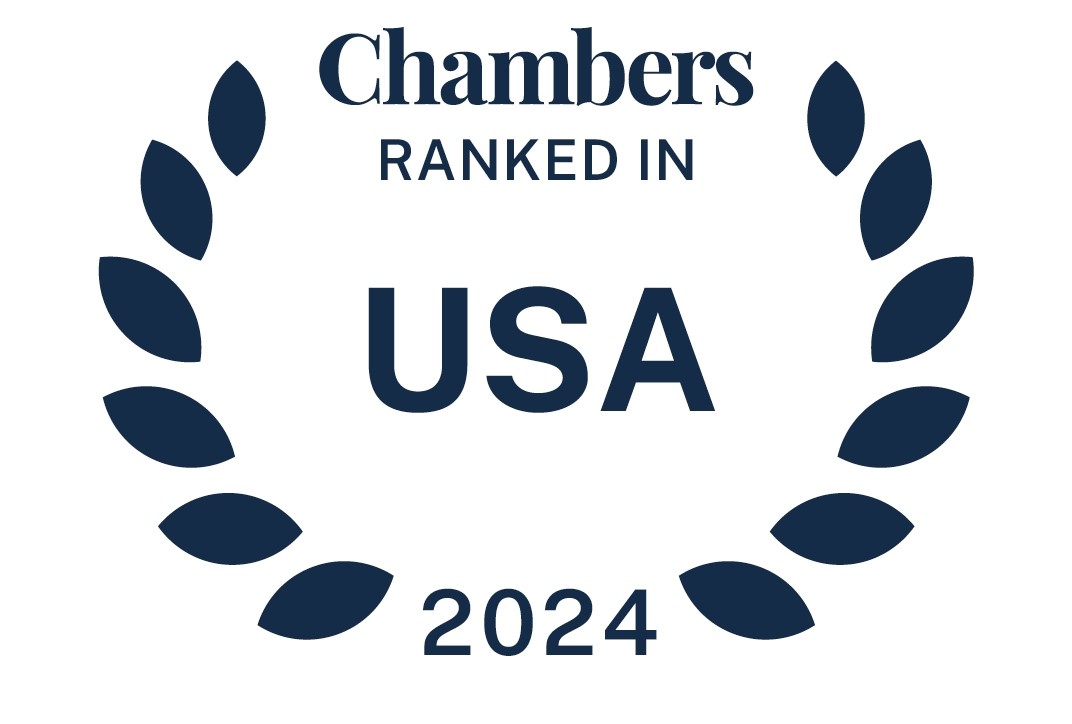On November 9, 2023, the Internal Revenue Service (IRS) announced cost-of-living adjustments to the applicable dollar limits for certain health and welfare plan benefits, including those for health flexible spending arrangements and commuter benefit plans, among other important updates. Employers, many of whom are in the midst of or have already completed open enrollment for 2024, will need to review these limits as soon as possible. Employer action may include, for example, determining whether enrollment portal updates and communications to participants are necessary. For employees who have already made 2024 elections without the benefit of the new dollar limits, employers may need to reach out to these employees to inform them of the new amounts and consider implementing a new election window.
read more

 Subscribe
Subscribe




